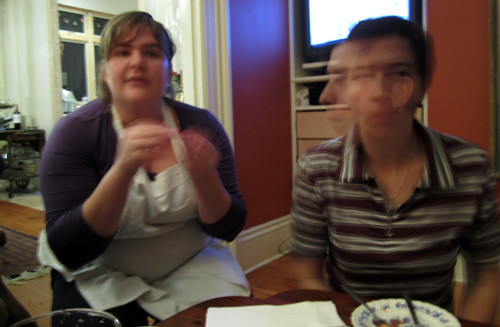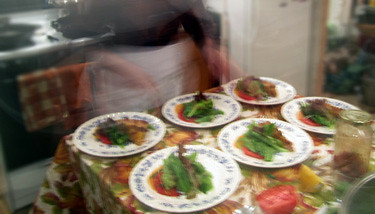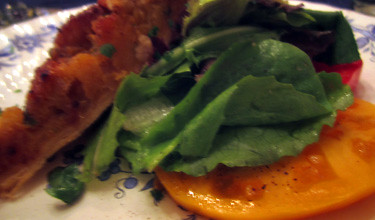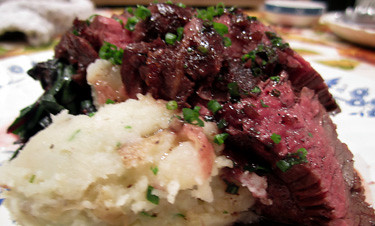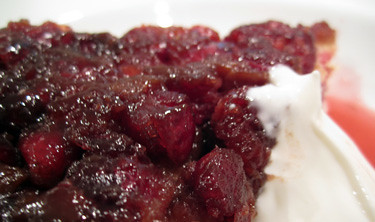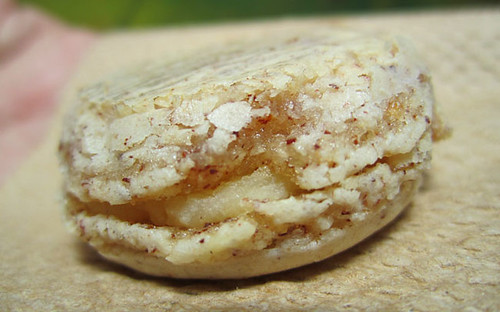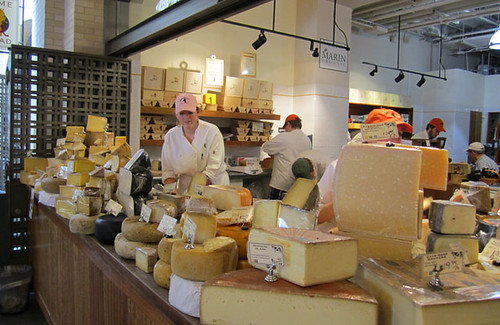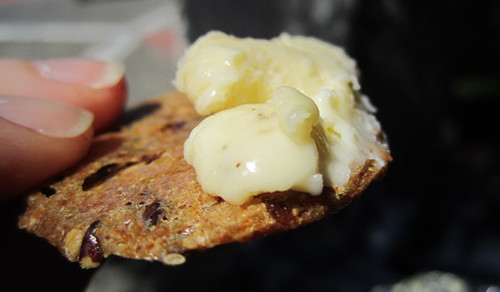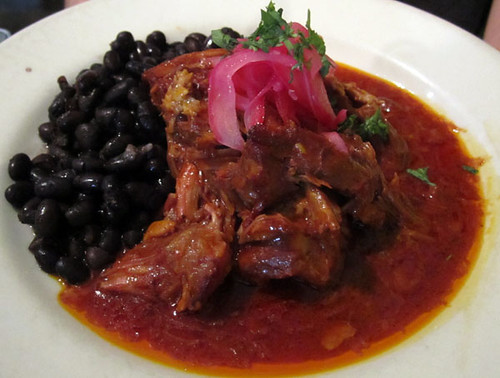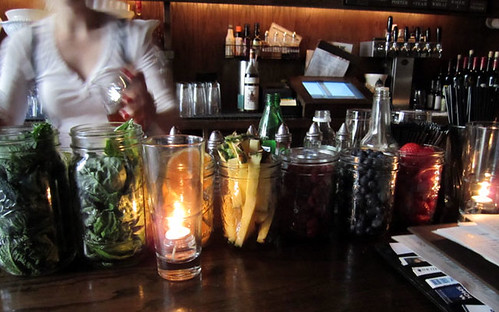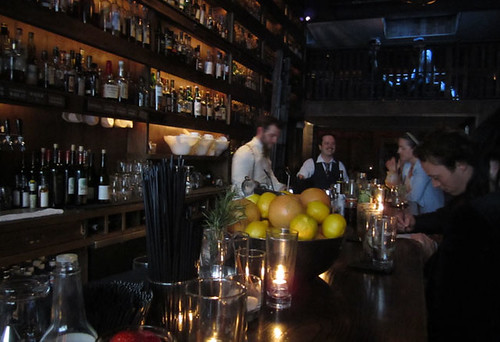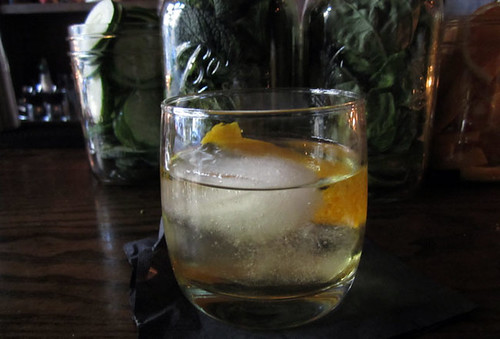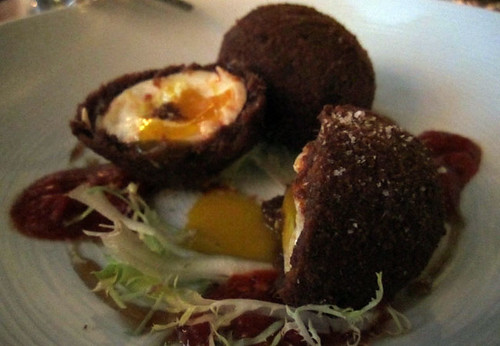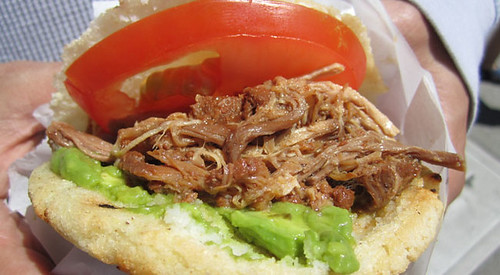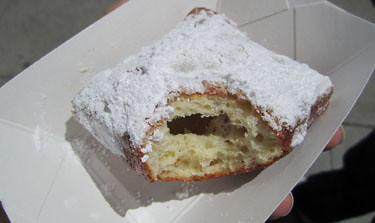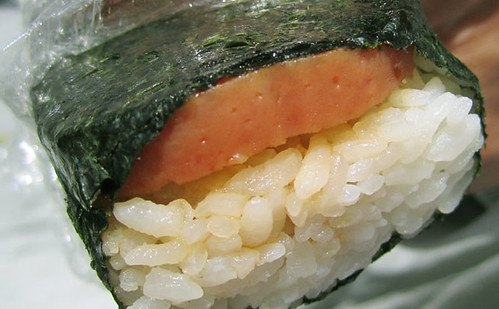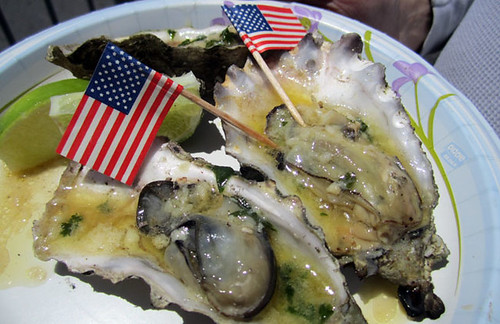I can makes cheez?
(Short answer: Chicago, New York, England, Wales and Tampa. Possible posts to come on some of those. Though if I haven't managed anything yet ...)
The latest cancer treatment news is that I start a new round of radiation tomorrow. A second set of radiation, you say? Isn't that risky and stuff? Well, yes, but it's that or live on chemo until the chemo stops working. So.
Because I know the next few months are going to be Not Fun, The Boy and I have been trying to fit in as many happy things as possible. A small one, but something we've always wanted to try, was making cheese. So for Christmas I got him a mozzarella-making kit from Roaring Brook Dairy.
It came with a small block of rennet; baggies of cheese salt (which has no iodine) and citric acid; a small thermometer; and a pair of rubber gloves.

"All you need," it said, "is one gallon of milk!"
So, cool. Milk acquired and decanted into the Dutch oven. In other news, we learned we had a one-gallon Dutch oven. Phew!

Once the temperature reached 85 degrees, we added the citric acid. At 100 degrees we added the rennet. Suddenly, we had primordial cheese.

After a ten minute rest (for us and the cheese) it was time to separate the curds and whey.

The goal was to get as much liquid as possible out of the curds. This took a while.

Some amount of manual labor was required (with gloves because hot cheese).
Then I noticed that the instructions mentioned putting the curds in a microwaveable bowl.
This was a problem.
We don't have a microwave.
There's no real reason for this; we're not purists. We've just never felt the need. And our counter space is pretty much occupied with other things at this point, so getting a microwave would mean moving things around and squashing our available workspace even more.
Yes, it's a little annoying when we buy things (say, proper Christmas pudding) that requires an hour of steaming in a bain marie or a quick 15 minutes in the nuker.
It's even more of a pain in cases like Project Mozzarella, where the assumption is that there's no need to include instructions of the analog kind, because who could possibly be so ill-equipped?
So I hopped on the Googles to see what our options were. First stop was The Pioneer Woman's blog; she had a whole post on making mozzarella. Look at her and her gorgeous, wholesome friends, going back to the old ways!
And then they got to this part:
12. Then transfer the cheese to a microwave-save bowl and microwave the curd on high for 1 minute.Okay, she's a modern pioneer woman, I guess. Unless I missed the Little House episode where the Ingalls clan takes the covered wagon to Best Buy.
At this point, I wasn't in the mood to plough through a bunch of sites looking for help. The Boy vaguely remembered seeing a show about cheesemaking that involved something like oversized steam tables, so we improvised with a bain marie (two references in one post!). The goal was to cook the curds enough to wring out more whey, and then heat the cheese up to a stretchable texture.
This proved tricky, and took a while, but eventually we were there. And no, I didn't take any photos of that part. Go back and look at Pioneer Woman's sexy photos and imagine that's what it looked like.
The end result: not pretty.

But pretty good for a first attempt. And pretty tasty, too; more buttery than the shop-bought stuff. A little more chewy, but certainly edible.
Dinner that night:

The original plan had been to do the whole pizza from scratch: I'd already made a dough; we had a basil plant, still holding on from the summer; and I had a final harvest of cherry tomatoes that I'd oven-roasted and frozen for a moment just like this.
However, I'd forgotten that I'd already used up the tomatoes in a (very delicious) stew. So I went out and got more (I know! Seasonal produce FAIL!), which I roasted guiltily.
Plus, also, prosciutto, which we didn't make from our own pig.
Plus, after all that, I forgot to use the basil.
Still. Pizza.

As you may be able to tell, the mozzarella didn't get as melty as we'd hoped. Not sure whether that was the result of overly enthusiastic manual stimulation, or the issue with the heat, or what. But that cheese kit will allegedly provide us with chances to make another three pounds of cheese, so we'll just keep trying.
Labels: cheese, cheese curds

































